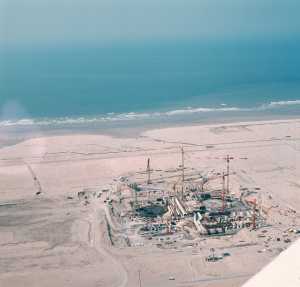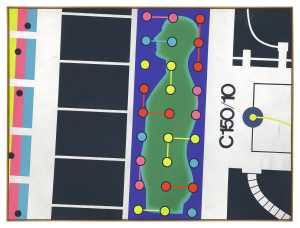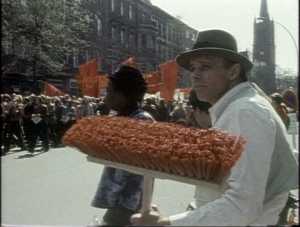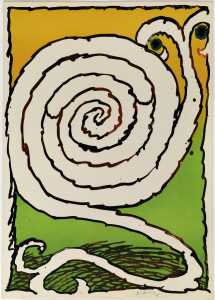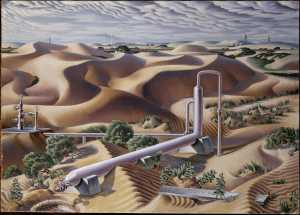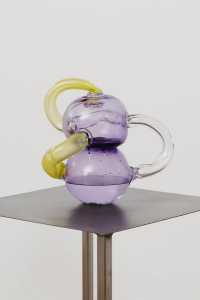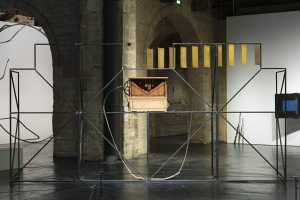Chaleur humaine
An unprecedented collective initiative in the Hauts-de-France region, in Dunkirk: a new triennial of art and design in Europe. Marked by a multidisciplinary approach, it invites us to reflect on the past, present, and future of our relationship with industry through the eyes of artists, engineers, designers, graphic designers, and architects.
The artworks will create a journey spread across the exhibition spaces of the Frac Grand Large — Hauts-de-France, the LAAC (Musée de France), the city of Dunkirk, the industrial wasteland of Halle AP2, and public spaces. They will bear witness to and reflect the energy-related events from 1972 to the present day and their various impacts, whether positive, negative, or neutral, on humanity and living beings, behaviors and emotions, as well as the present and the future.
The theme of this edition of the Triennial is energy. It encompasses physical dimensions (extraction and transformation of fossil or renewable resources in motion, electromagnetic radiation, and heat), socio-economic aspects (industry, capital production, social division of labor, consumption), human and non-human factors (human and animal bodies as engines of productivity, fatigue, resistance, robotization, artificial intelligence), and ecological considerations (anthropogenic landscapes and ecosystems, resource depletion, waste, pollution, extinction, and nature as a source of life, knowledge, and a model for democracy).
For this second edition, the Frac and the LAAC have built partnerships with the Musée national d’art Moderne – Centre Pompidou and the Centre national des arts plastiques (Cnap), two national public institutions that have opened their exceptional collections. In parallel, new productions will be presented, including around ten works specifically created for public spaces.
A rich and dynamic cultural program will be developed prior to the Triennial in partnership with La Halle aux sucres – Living Space for Sustainable Cities, to raise awareness among the inhabitants of Dunkirk about the ecological challenges of the Triennial.
A Triennial that takes its place in the European landscape
Launched in Dunkirk in 2019, the Triennale Art & Industrie is an unprecedented collective initiative jointly led by two artistic institutions: the Fonds régional d’art contemporain Grand Large — Hauts-de-France (FRAC) and the Lieu d’Art et Action Contemporaine — Musée de France (LAAC), and their respective directors, Keren Detton and Sophie Warlop.
It was born in a city – Dunkirk – and a region – Hauts-de-France – whose history is intrinsically linked to industrial dynamics. With its first edition titled “GIGANTISM,” the Triennale Art & Industrie had a strong impact and resonance, even reaching its European neighbors – through the analysis of the convergences between these two worlds, art and industry, sources of exciting frictions and contradictions – enriching and shedding light on the debate on future challenges.
In 2023, this second edition continues its artistic and poetic exploration of the encounters between art and industry, and its reflection on their social, economic, and ecological stakes. The Triennale aims to become a key event in France and Europe.
The 2023 edition will once again revisit the unique paths of 20th and 21st-century artists, bridging the gap between creation and ecology and highlighting a territory characterized by its complex industrial and port activities, thus creating synergies between local and regional institutions and stakeholders.
Rooted in a spirit of openness, it will strengthen its ties with European partners – from England, Belgium, and the Netherlands – and patrons to bring forth unprecedented artistic projects. True to its multidisciplinary approach, it will invite as many people as possible to reflect on our
No items found!
